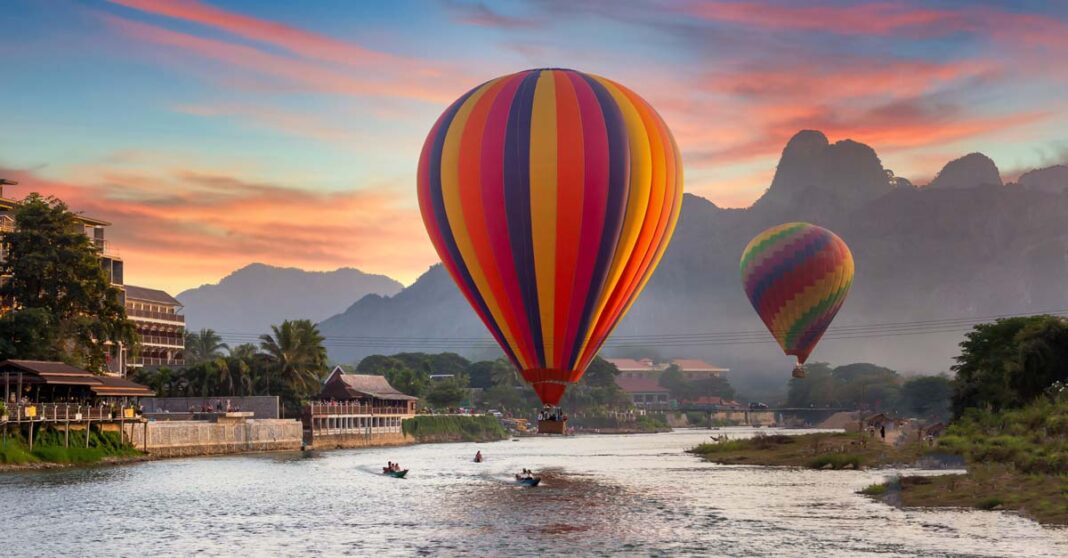Laos reopened its borders unexpectedly in May, much to the delight of many, but was the nation caught unprepared for a sudden surge in tourism?
Several new infrastructure projects were quietly completed during Laos’ lengthy lockdown, including the much-lauded Laos-China Railway and a convenient expressway linking the capital of Vientiane to the resort town of Vang Vieng.
The train has been a big draw for tourists from Thailand, eager to take a ride on a high-speed rail system the likes of which could only otherwise be found in Europe, China, or Japan.
And while the increase in tourists is favorable for Laos’s struggling economy, new issues have surfaced which threaten to derail this new tourism windfall.

Immigration
Foreigners have been quite vocal online about their experiences entering the country. While they are usually greeted with a smile from friendly officials, unclear immigration queues, inconsistent visa pricing, and forgetful stamping have been cause for complaint by some travelers.
Hotel Booking Systems
Modern travelers typically book their vacations in advance, and often make use of online booking systems such as Agoda or Booking.com to reserve a hotel room. Unfortunately, these companies wound down their operations in Laos during the pandemic, resulting in a mismatch between availability online and vacancies in reality. Some visitors to Laos have found themselves out on the street despite booking – and paying for a room in advance online.
Railway Booking System
The Laos-China Railway ticketing system has been plagued with problems from the get-go. The USD 5.9 billion railway does not have an online booking system. To make matters worse, it only allows reservations up to 48 hours in advance, causing huge headaches for tour operators and even individuals hoping to plan a trip, with only three tickets available for purchase per person.
At the same time, tickets can only be purchased in person for trips departing from certain stations, making side trips or add-on journeys impossible, and forcing tour companies to work with scalpers to ensure customers’ trips are seamless.
Excessive security at the larger stations has meant that customers lining up for tickets must do so out in the elements, while those who do make it into the station hall have reported security staff confiscating their mosquito spray, sun cream, and even drinking water.

Rising Prices
Tourism hotspots Vang Vieng and Luang Prabang have been accused of raising prices amid an influx of tourists. The boom in tourism has provided much-needed income for the economy, but has also become an opportunity for price gouging among unscrupulous tourism businesses. Locals have taken to social media to voice their concern, urging that the government crackdown on those who overcharge tourists.
Lack of Promotion
While the Thais are flocking to Laos at the moment, tour operators say the country needs to work harder to promote itself to countries further afield. Frequently just an afterthought by travelers spending time in Thailand or Vietnam, Laos has yet to become a destination in its own right. And while it is a beautiful country with much to offer, travel companies say it would benefit from rebranding its travel campaigns and should send out a louder message to the world.
What do you think about these issues? Have your say in the comments on our Facebook page.



